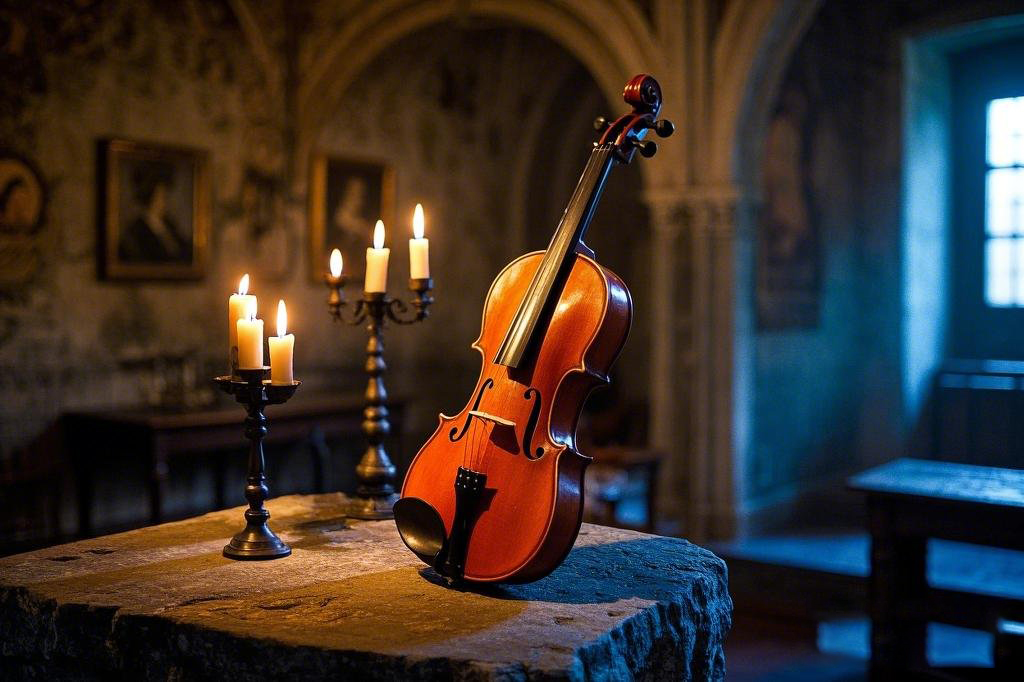Ethnomusicology for Kids_ Exploring Chinese Traditions in Western Classrooms
Shang Kun 2025-05-10 162
Bringing Chinese Traditions to Western Classrooms: A Unique Journey for KidsWhen we think about introducing cultural heritage to children in the classroom, the idea of teaching about Chinese traditions often seems distant, perhaps even intimidating. In a world where Western ideals dominate education, it can be challenging to incorporate foreign cultures in a way that resonates with young minds. However, there is a growing recognition of the importance of exposing kids to global diversity, not just for their academic growth but also to foster empathy and understanding across different cultures. So, how can we make these ancient traditions come to life for young learners in the West?
The answer may not lie in just presenting a textbook full of facts or a lecture on the history of China. Rather, the key is to engage children through interactive learning methods, turning the exploration of Chinese traditions into an immersive experience that stimulates their curiosity. By introducing elements like traditional Chinese music, art, and folklore, we open the door to a world of imagination, creativity, and cross-cultural appreciation. Not only does this broaden their understanding of Chinese culture, but it also enriches their global perspective.
The Challenge of Making Ancient Traditions Fun and AccessibleBut let’s face it, it's not that simple. The challenge lies in bridging the gap between a culture that might seem foreign and a classroom that is used to a different set of cultural references. It’s easy to forget that, for most kids, Chinese culture is something they might only encounter through movies or brief mentions in their history books. A teacher’s enthusiasm might be the key, but it’s also essential to break down these traditions into bite-sized, engaging lessons that are not just educational, but fun. The process of learning should be an adventure, where children actively participate rather than passively absorb information.

For example, teaching kids about Chinese instruments like the erhu or guzheng can quickly become a favorite subject. Rather than explaining the technicalities of these instruments from a textbook, why not have the children listen to the soothing sounds of the guzheng, or better yet, try their hand at playing a simple tune? By making the lesson a tactile experience, they will have a better grasp of the unique beauty of Chinese music.
Going Beyond the Classroom: How to Integrate Chinese Culture into Everyday LearningIt’s not just about adding one lesson or activity; it’s about weaving Chinese traditions into the fabric of everyday learning. This can range from exploring Chinese art and calligraphy, to examining the principles behind Chinese philosophy and literature. By infusing cultural lessons into various subjects—whether it’s geography, history, or even science—teachers can help kids develop a well-rounded understanding of China’s rich heritage. Moreover, children will begin to see how Chinese culture connects to the world at large, encouraging them to explore beyond the borders of their own experiences.
Yet, despite all the effort, there’s always the lingering question: how can we keep this approach sustainable and meaningful over time? One possible solution lies in creating a strong, consistent curriculum that’s rooted in not just facts, but in experiences. Think hands-on learning, interactive games, field trips to cultural exhibitions, and even having guest speakers or artists to share their personal stories. The goal is to make these traditions feel alive and relevant in today’s world, rather than something frozen in time.
Why This Matters: A Global Perspective for Today’s KidsIn a world where children are growing up in an increasingly globalized society, the ability to understand and appreciate diverse cultures is more important than ever. The opportunity to learn about Chinese traditions offers more than just a chance to understand a faraway culture—it’s a way to enrich young minds with empathy and curiosity, two qualities that are invaluable in today’s world. The sooner we can help kids see the interconnectedness of human history and culture, the better equipped they will be to navigate an ever-changing world.
If you want your child to experience the wonders of Chinese music and culture firsthand, a personal touch can make all the difference. With a teacher like Shang Kun, who offers one-on-one lessons both online and offline, children can dive deep into learning Chinese violin or other traditional instruments. These lessons don’t just teach music; they open the door to a fuller understanding of Chinese traditions, helping children grasp the culture from a hands-on, personal perspective.
